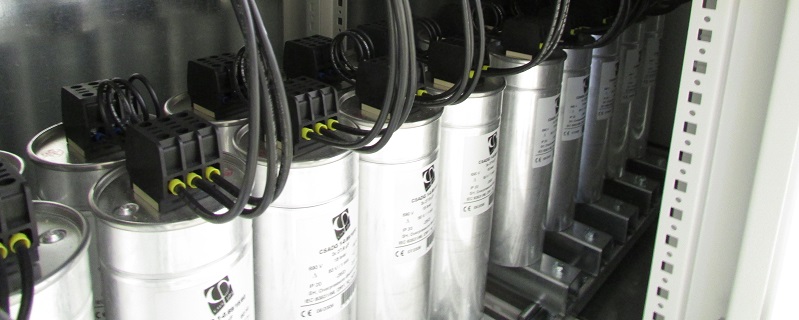Power Factor Correction Bank Manufacturer.
Making the world a little greener.
Power Factor Correction Bank Manufacturer.
Making the world a little greener.

|
Excerpt from an Electronicon catalog:
A typical power factor correction system would incorporate a number of capacitor sections determined by the characteristics and the reactive power requirements of the installation under consideration. Sections of 12.5kVAR, 25kVAR, and 50kVAR are usually employed. Larger stages (e.g. 100kVAR and above) are achieved by cascading a number of smaller sections. This has the beneficial effect of reducing fluctuations in the mains caused by the inrush currents to the capacitors and minimizes supply disturbances. Where harmonic distortion is a concern, appropriate systems are supplied incorporating de-tuning reactors. |